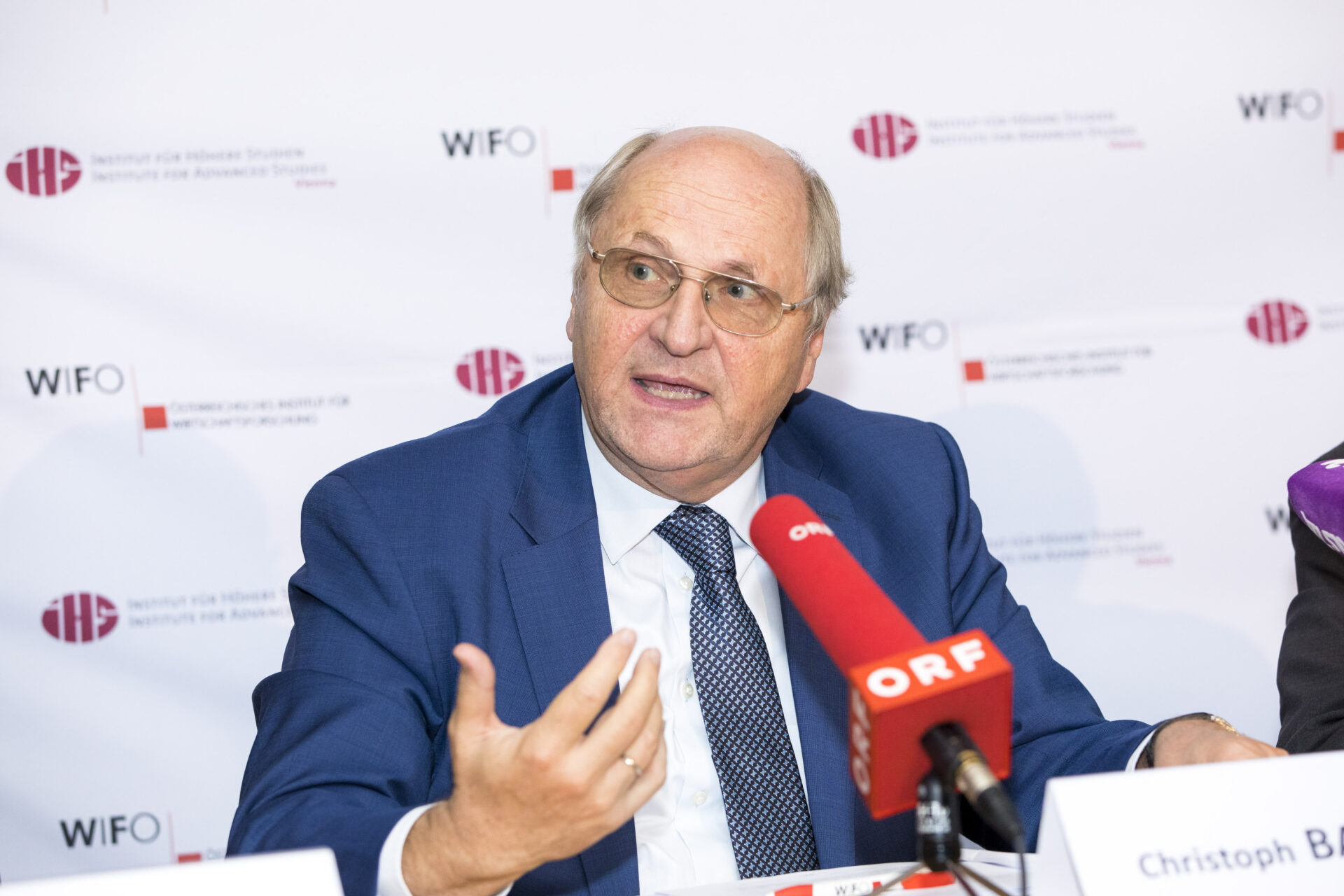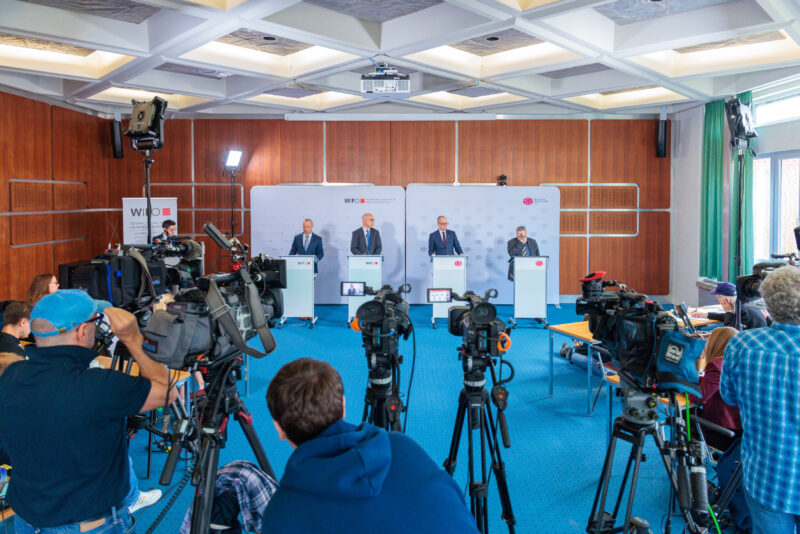
Cyclical Activity Slackening, But No Recession
Global economic activity slackened further in spring 2019. The smouldering trade conflict between the US and China and the uncertain outcome of the Brexit negotiations dampen investment activity on an international scale, with negative repercussions on industrial production and global trade.
World GDP growth is set to moderate further over the forecast period. Notably manufacturing industry may not have reached the lower turning point yet. While growth remains robust in the US and many Emerging Market economies, it suffers in the euro area from sluggishness in German export branches.
An imminent worldwide recession appears nevertheless unlikely. The continued expansionary monetary policy offers benign financing conditions, fiscal policy provides stimulus in some instances, and private consumption remains in many countries on a firm upward path. The risk of a strong increase in oil prices appears limited.
Cyclical activity slackened during spring 2019 also in Austria. Total output gained 0.3 percent in the 2nd quarter from the previous period, the smallest increase since 2015. Exports in particular lost considerable momentum, whereas private consumption continued its stable upward trend. Compared with Germany, the Austrian economy has so far proved rather robust.
Prospects for the second half of 2019 are subdued. Business confidence in Austria's manufacturing sector has dropped markedly, according to the WIFO business survey; several indicators even suggest a decline in output. Sentiment remains on the whole positive in the construction sector and the service industries. Aggregate demand is sustained by private consumption, driven by favourable developments in employment and household incomes, as well as by fiscal incentives.
In line with the international environment, the economy should reach the lower turning point of the cycle around the end of the year. In 2020, activity is expected to stabilise, while remaining moderate. GDP is projected to grow at an annual rate of 1.7 percent in 2019 and 1.4 percent 2020. Productive capacity utilisation for the overall economy, while receding somewhat, remains above the longer-term trend.
The slowdown of the output cycle will end the recovery on the labour market. Thanks to the still robust job creation in the first six months, the unemployment rate should still ease to 7.4 percent on annual average 2019, before edging up to 7.5 percent in 2020. Consumer price inflation remains firmly under control, at projected rates of 1.6 percent and 1.7 percent in 2019 and 2020 respectively. With tax revenues growing lively, the general government balance will reach a surplus equivalent to 0.6 percent of GDP in 2019, abating to 0.4 percent of GDP next year on account of recently adopted fiscal measures.
Please contact
























